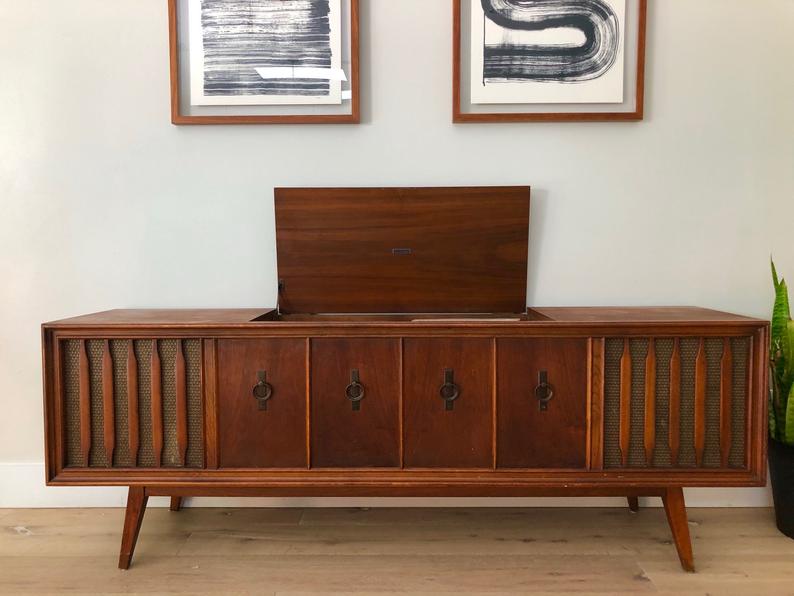
Flashback to the 1960s. A major modern addition to the living room was the console stereo. Don’t discount the ‘stereo’ part of that description. That was a major innovation. In one piece of furniture could live a radio (AM and FM!), a turntable for LPs (up to six stacked for a party), maybe an 8-track tape player, and in the bigger units, a television (eventually in color). All of that was housed in a piece of woodwork that was like a large credenza. At opposite ends were two mesh covers separating two speakers for that stereo effect. Fast forward back to today and realize the modern version of all of that fits in a smartphone and a pair of ear buds. As simple as that sounds, there are ways to be a bit grander while still keeping life simple. No credenza required.
The surprise about smartphones is that we can forget they are phones that just happen to have dozens of functions packaged inside. Add apps for more. It is easy to make fun of smartphones versus consoles, but the Consumer Electronics Show (CES) proves that there’s still a need for fidelity, volume, and quality – especially if more than one person is sharing the experience.
Audio
Those speakers at opposite ends of the credenza had features that are valuable today. Their separation made stereo happen. Their size helped with volume. The ability to include woofers and tweeters (nothing to do with Twitter) improved sound quality and range. Inside the console, an amp could boost the audio until the neighbors noticed. Great for a party; lousy for neighbor relations.

Today’s speakers aren’t trapped inside one piece of furniture. A bit of wiring for a high-quality signal, or wireless for convenience possibly at the cost of some quality, and it is possible to go past stereo to quad to surround-sound. Technological advances in hardware and software make smaller speakers do more. Scatter them around the room, the house, and the yard so the music can follow you as you roam. Spend a bit more on installation, and they blend in becoming effectively invisible. Stealthy speakers, what’s simpler than something you can’t see?
Don’t want to mount speakers or rely on lots of wiring? Soundbars are a slight throwback, but they produce high-quality sound in a small package that can sit on a shelf. Equip them with sophisticated software and let them project sound smartly. Introduce the speakers to the player via bluetooth and the wires go away. Moving the speakers becomes as simple as picking up the soundbar and putting it where the sound is needed.
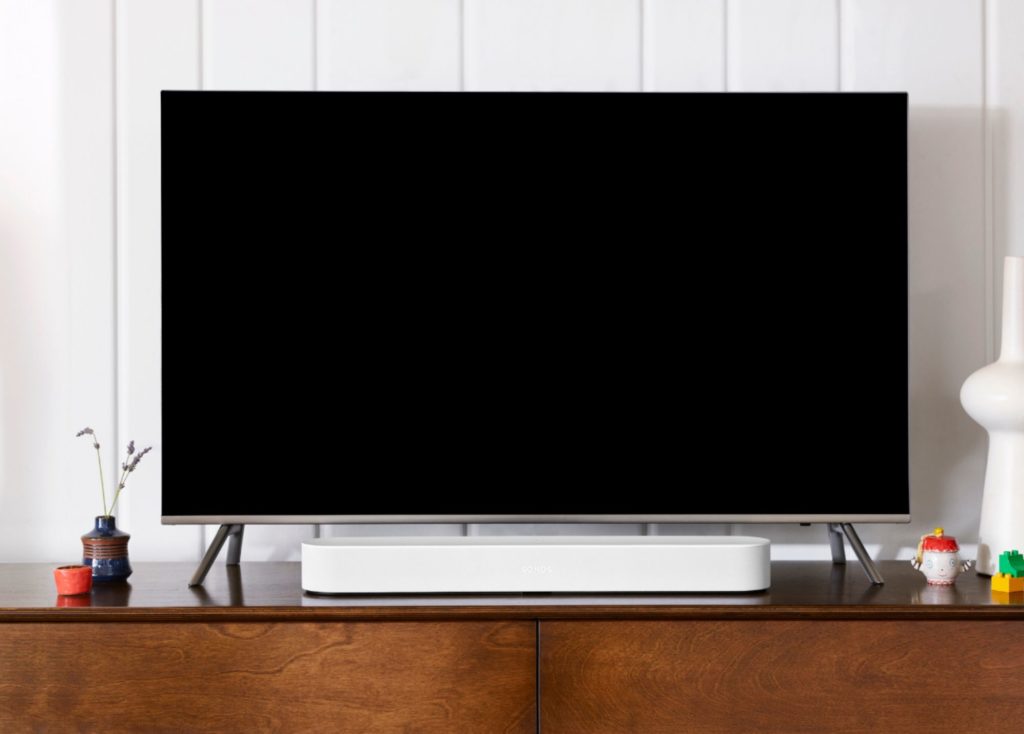
Going digital enabled the freedom. Audiophiles can argue about the quality inherent in analog versus digital, but many people can’t tell or don’t care about LP versus DVD versus MP3. Most people want convenience and choice. Instead of being limited to what’s playing on the radio or sitting in the console’s LP drawer, stream or download from a near-infinite online selection. Say goodbye to the clutter of LP stacks and CD racks.
The caution, don’t try to do too much. Keep it simple. Whole house units exist, but playing music in every room only works if everyone wants to listen to the same thing. Separate streaming and bluetooth units in every room may not let the music follow you, but flipping a unit on and off shouldn’t be too taxing.
Video
In the era of the console, the term video wasn’t very popular. Unless you were a nerd in the school’s AV club, you may not know AV stood for Audio/Video. Then the term was TV, which was a new concept. Bulky boxes were needed to house tubes that were as deep as they were wide and tall. Turn the On knob or flip the switch, get some chores done, and come back in about five minutes to tune in to one of four networks, and maybe adjust the rabbit ears, and vertical and horizontal hold. Things changed thanks to cable, dish, and the VCR which are being surpassed by simpler services like YouTube and Netflix.
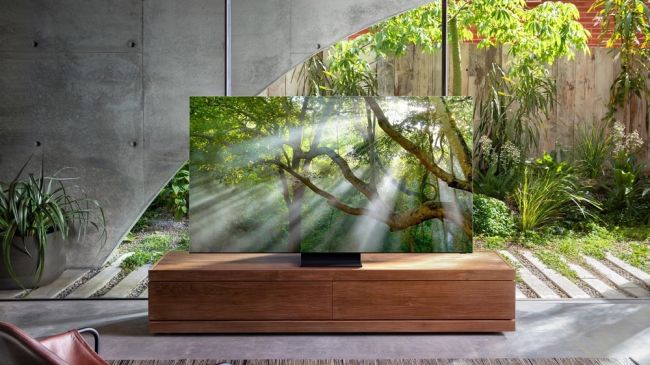
Things also changed when those big tubes were replaced by LEDs and LCDs. Now, TVs are as likely to be called monitors. The devices are as flat as a painting, and we can control them with remotes, by voice, or via smartphone.
TVs had one source: radio waves. They were really just radios that captured and replayed an analog radio signal. Four networks, one technology. Now, TV stations continue to broadcast, but it isn’t easy to manage the surplus of devices to stream from: computer, laptop, or phone from cable, satellite, or the internet through sticks like Roku or Chromecast. Sources multiplied, mainly through the internet.
Here comes the complexity.
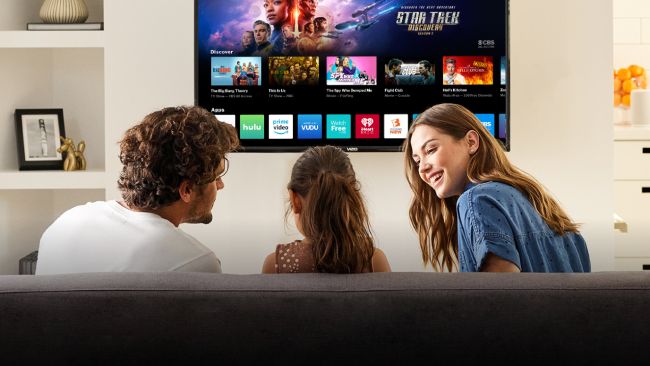
Try putting them all together: separate remotes for each devices, the input channels of the monitor, those speakers we mentioned, and then the account information for every service. Turning on a TV and picking from one of four networks was simpler, though limiting. Picking a show can become a task for techies, which is why visiting family can feel like a sysadmin session. Good luck digitally untangling someone’s failed attempt to hit every button in hopes that the picture and sound finally match up, and trying enough passwords to lock out accounts. A couple of simple solutions: subscribe to only the services you want, and tape down the buttons on the remote control (or hide the app where no one can find it.)
Amidst that complexity, simplicity arrived in the form of thin, flat screens that are larger than small children. No tube means less weight, which means displays can be installed on a wall without squatting on floor space. Goodbye, credenza.
Want something simpler? Projectors get rid of the fragile and expensive hardware on the wall; frequently by installing a box on the ceiling, or ironically, in a piece of furniture. No need to dust the screen. No worries about getting too close, unless you block the image. The wall space can even be something else when no one is viewing a video.
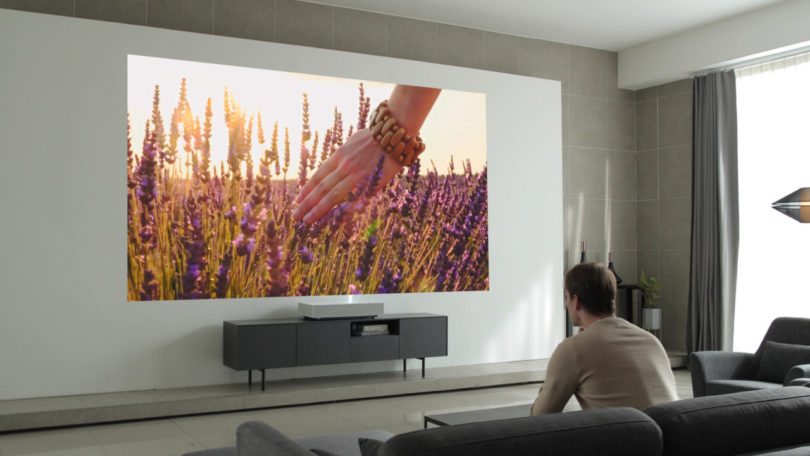
Even simpler? Short-throw projectors now sit beside the wall, adeptly adjust for keystoning and brightness to show the show without having to drill holes in the ceiling or project across places where people walk or sit. Such devices are shrinking to the point that they fit in a smartphone with embedded projectors about the size of the phone’s embedded camera.
Organic Tech
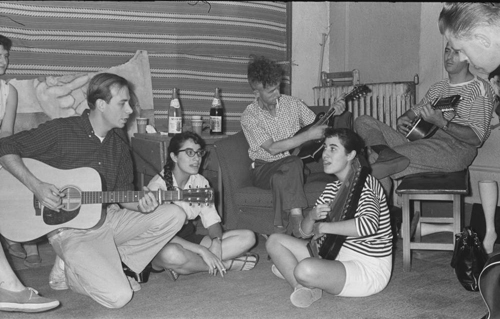
No. This is not about Organic LEDs in TVs. Think organic as in, humans are organic. Performances can be enjoyed without electronics by performing. Instead of listening to or watching others sing or tell stories on a screen, sing and tell your own stories. Entertaining friends should mean simply having fun. No need for professional level performances. Beer halls and church choirs have delivered music for centuries without electricity. Singing and dancing are sociable, too. Modernist designs celebrate open floor plans and spaces. Throw a party. Bring out the instruments, acoustic, of course. Play games that don’t require subscriptions, only boards or cards or an imagination. We’ve done that for thousands of years. We each come equipped with what we need to entertain someone, as long as they have a sense of humor and don’t mind a few imperfect performances.
And, if you’ve having a good time, record it, share it, and replay it. All the equipment is probably already in your house, or your smartphone.